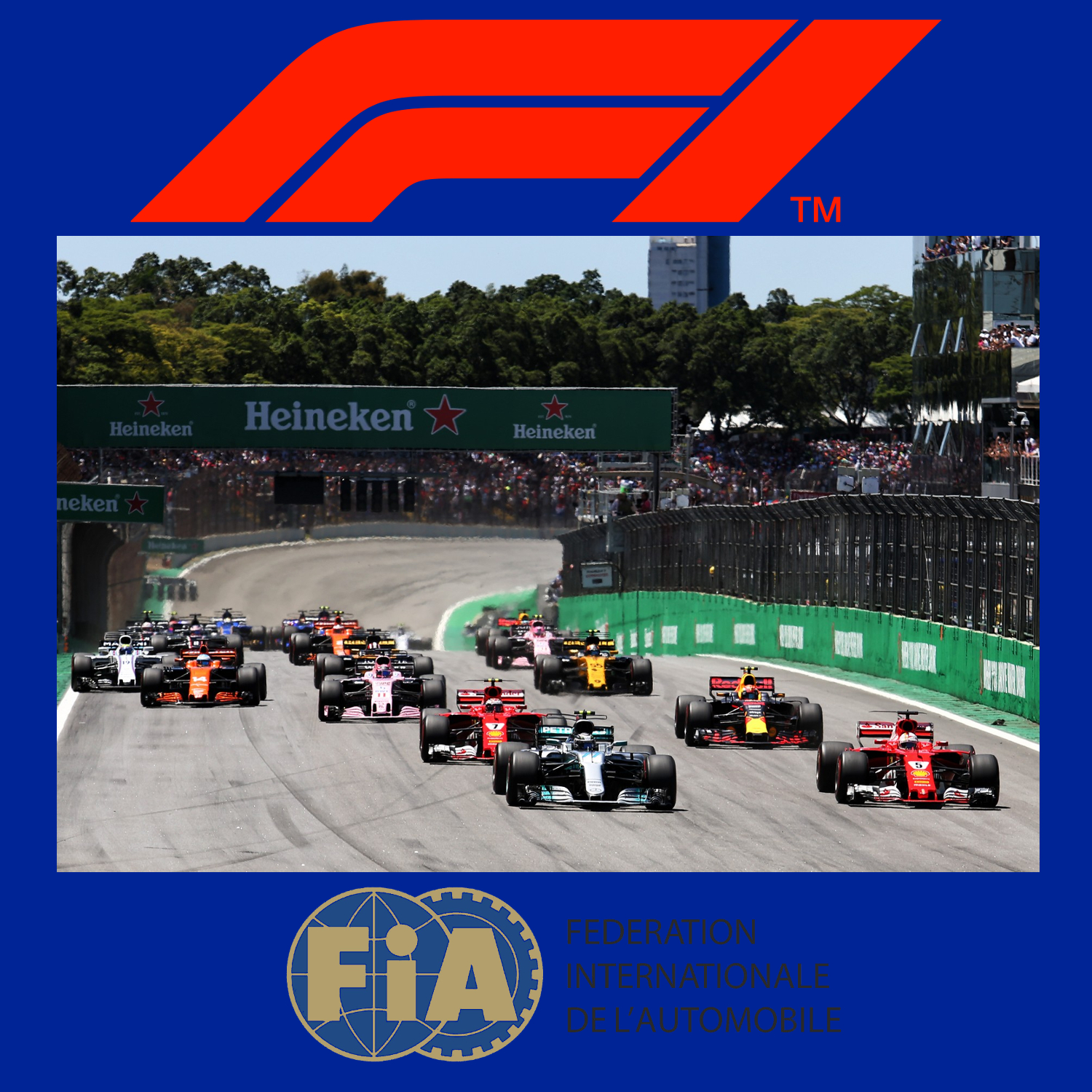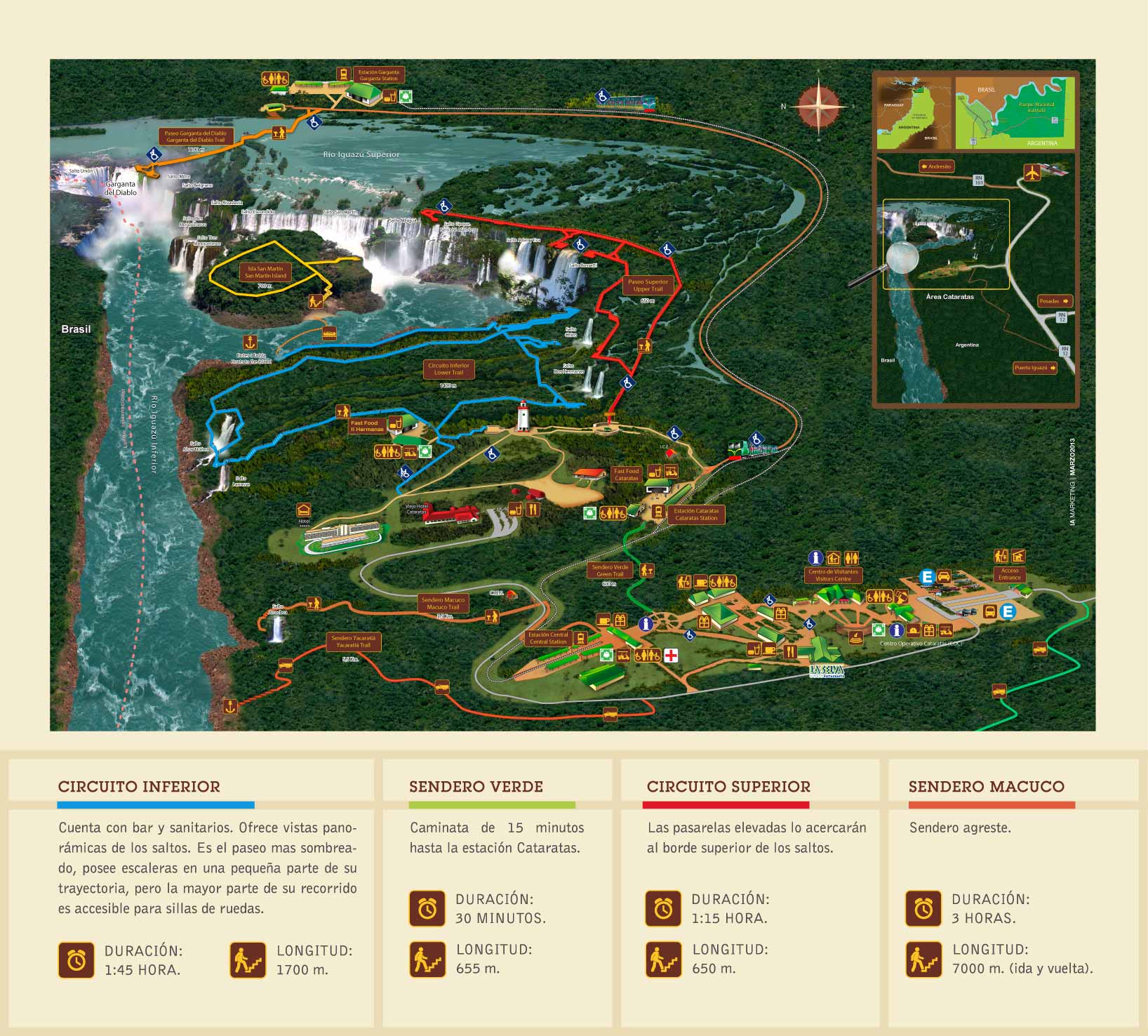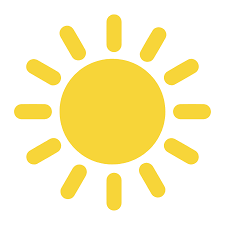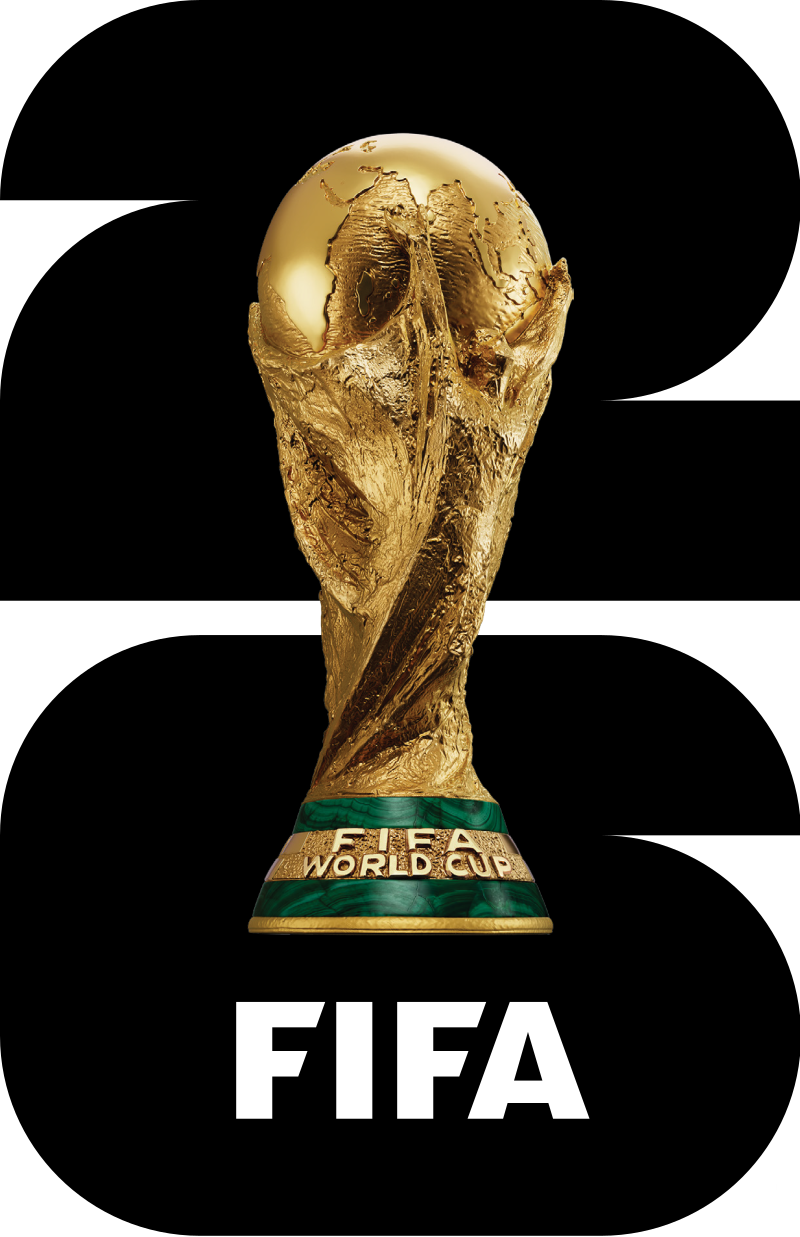
漢德百科全書 | 汉德百科全书
 Brazil
Brazil
 Azerbaijan
Azerbaijan
 Australia
Australia
 Bahrain
Bahrain
 Belgium
Belgium
 Brazil
Brazil
 China
China
 Germany
Germany
 Formel-1-Weltmeisterschaft 2017
Formel-1-Weltmeisterschaft 2017
 Formel-1-Weltmeisterschaft 2018
Formel-1-Weltmeisterschaft 2018
 France
France
 India
India
 Italy
Italy
 Japan
Japan
 Canada
Canada
 Mexico
Mexico
 Monaco
Monaco
 Austria
Austria
 Switzerland
Switzerland
 Spain
Spain

 Sport
Sport
 Hungary
Hungary
 United Arab Emirates
United Arab Emirates
 United States
United States
 United Kingdom
United Kingdom

Die Formel 1 ist eine vom Automobil-Dachverband Fédération Internationale de l’Automobile (FIA) festgelegte Formelserie. Hersteller konstruieren Autos, die den Formel-1-Regeln entsprechen. Diese Autos treten im Rahmen der Formel-1-Weltmeisterschaft zu Rennen in ungefähr 20 Orten pro Jahr an. Am Ende der Saison wird der Fahrer mit den meisten Punkten F1 Fahrerweltmeister und der Hersteller mit den meisten Punkten Konstrukteursweltmeister.
Die Formel 1 ist die höchstrangige von der FIA veranstaltete Rennserie des Formelsports. Sie wird als Königsklasse des Automobilsports bezeichnet, da sie den Anspruch erhebt, die höchsten technischen, fahrerischen, aber auch finanziellen Anforderungen aller Rennserien an Fahrer und Konstrukteure zu stellen. Sie wird auch kurz F1 genannt. Die F1 Weltmeisterschaft heißt offiziell FIA Formula One World Championship, bis 1980 hat sie Automobil-Weltmeisterschaft geheissen.
一级方程式赛车(英语:Formula One,也叫Formula 1或者F1)是由国际汽车联盟举办的最高等级的年度系列场地方程式赛车比赛,正式名称为“国际汽车联合会世界一级方程式锦标赛”。名称中“方程式”是指一组所有参赛车辆都必须遵守的规则[1]。F1赛季包括一系列的比赛,而这些所谓的“大奖赛”(Grand Prix,出自法语,本意Great Prizes)的场地是全封闭的专门赛道或者是临时封闭的普通公路。每场比赛的结果算入积分系统并以此确定两个年度世界冠军:一个给车手和另一个给制造商。F1的车手、制造商、组织者以及赛道都必须持有FIA超级驾驶执照,这是国际汽联颁发的最高级别执照。
一级方程式赛车通过产生大量的空气动力学下压力达到非常高的过弯速度,是风靡全球的赛车运动。发动机性能限制在每分钟最多15000转时,其比赛最高速度就可以超过360公里/小时。赛车过弯的横向加速度超过5个标准重力。F1赛车的性能非常依赖电子系统(牵引力控制系统和其他辅助驾驶装置自2008年已被禁止)、空气动力学、悬挂和轮胎。
Formula One (also Formula 1 or F1) is the highest class of single-seater auto racing sanctioned by the Fédération Internationale de l'Automobile (FIA) and owned by the Formula One Group. The FIA Formula One World Championship has been one of the premier forms of racing around the world since its inaugural season in 1950. The "formula" in the name refers to the set of rules to which all participants' cars must conform.[2] A Formula One season consists of a series of races, known as Grands Prix (French for "grand prizes" or "great prizes"), which are held worldwide on purpose-built circuits and public roads.
The results of each race are evaluated using a points system to determine two annual World Championships: one for drivers, the other for constructors. Drivers must hold valid Super Licences, the highest class of racing licence issued by the FIA.[3] The races are required to be held on tracks graded "1" (formerly "A"), the highest grade rating issued by the FIA.[3] Most events are held in rural locations on purpose-built tracks, but there are several events in city centres throughout the world, with the Monaco Grand Prix being the most well-known.
Formula One cars are the fastest regulated road course racing cars in the world, owing to very high cornering speeds achieved through the generation of large amounts of aerodynamic downforce. The cars underwent major changes in 2017,[4] allowing wider front and rear wings, and wider tyres, resulting in cornering forces closing in on 8g and top speeds of up to approximately 375 km/h (230 mph).[5] The hybrid engines are currently limited in performance to a maximum of 15,000 rpm and the cars are very dependent on electronics—although traction control and other driving aids have been banned since 2008—and also on aerodynamics, suspension, and tyres.
While Europe is the sport's traditional base, the championship is truly global, with 11 of the 21 races in the 2018 season taking place outside Europe. With the annual cost of running a mid-tier team—designing, building, and maintaining cars, pay, transport—being US$120 million,[6] Formula One has a significant economic and job-creation effect, and its financial and political battles are widely reported. Its high profile and popularity have created a major merchandising environment, which has resulted in large investments from sponsors and budgets (in the hundreds of millions for the constructors). On 8 September 2016, it was announced that Liberty Media had agreed to buy Delta Topco, the company that controls Formula One, from private equity firm CVC Capital Partners for $4.4 billion in cash, stock, and convertible debt.[7] On 23 January 2017, it was confirmed that the acquisition had been completed, for $8 billion.[8]
La Formule 1, communément abrégée en F1, est une discipline de sport automobile considérée comme la catégorie reine de ce sport. Elle a pris au fil des ans une dimension mondiale et elle est, avec les Jeux olympiques et la Coupe du monde de football, l'un des événements sportifs les plus médiatisés.
Chaque année depuis 1950, un championnat mondial des pilotes est organisé, complété depuis 1958 par un championnat mondial des constructeurs automobiles. La compétition est basée sur des Grands Prix, courses à bord de voitures monoplaces disputées sur circuits routiers fermés permanents mais parfois tracés en ville et temporaires, comme à Monaco, Valence, Singapour, et Bakou.
Cette discipline sportive, régie par la Fédération internationale de l'automobile (FIA), est gérée par la Formula One Administration (FOA) et un ensemble de sociétés satellites contrôlées par Liberty Media. Après l'ère des artisans des années 1960 et 1970, elle a peu à peu attiré les grands constructeurs automobiles mondiaux qui y investissent des sommes élevées, en espérant tirer profit des retombées médiatiques d'éventuels succès. La Formule 1 est considérée comme la vitrine technologique de l'industrie automobile qui y expérimente des nouveautés techniques, parfois issues de la technologie spatiale et susceptibles d'être adaptées ensuite sur les voitures de série.
Outre la compétition, le terme Formule 1 désigne l'ensemble des règles techniques des voitures monoplaces qui sont mises à jour tous les ans par la FIA. Ces règles sont très strictes sur les dimensions des voitures, la cylindrée des moteurs, les technologies mises en œuvre ; elles définissent également les mesures de sécurité des voitures pour assurer la protection du pilote. Les monoplaces de course répondant aux caractéristiques de la réglementation de la Formule 1 sont généralement désignées sous le terme générique de Formules 1.
La Formula 1 o Formula Uno,[1] in sigla F1, è la massima categoria (in termini prestazionali) di vetture monoposto a ruote scoperte da corsa su circuito definita dalla Federazione Internazionale dell'Automobile (FIA).
La categoria è nata nel 1948 (in sostituzione della Formula A, a sua volta sorta solo qualche anno prima, nel 1946), diventando poi a carattere mondiale nella stagione 1950. Inizialmente definita dalla Commissione Sportiva Internazionale (CSI) dell'Associazione Internazionale degli Automobil Club Riconosciuti (AIACR), associazione antesignana della Federazione Internazionale dell'Automobile, oggi la Formula Uno è regolata dal Consiglio Mondiale degli Sport Motoristici (in inglese: World Motor Sport Council, WMSC) della Federazione Internazionale dell'Automobile.
Il termine "formula", presente nel nome, fa riferimento a un insieme di regole alle quali tutti i partecipanti, le macchine e i piloti, devono adeguarsi; esse introducono un numero di restrizioni e specifiche nelle auto, al fine di evitare le eccessive disparità tecniche tra le auto, di porre dei limiti al loro sviluppo e di ridurre i rischi di incidenti. La formula ha avuto molti cambiamenti durante la sua storia. Ad esempio, ci sono stati differenti tipi di motori, con schemi da quattro fino a sedici cilindri e con cilindrate da 1,5 a 4,5 l.
La Fórmula 1, abreviada como F1 y también denominada la «categoría reina del automovilismo»1 o «la máxima categoría del automovilismo»,23 es la competición de automovilismo internacional más popular y prestigiosa, superando a categorías de automovilismo como la NASCAR, el Campeonato Mundial de Rally, el Campeonato Mundial de Turismos o la Fórmula E, entre otras.4 A cada carrera se le denomina Gran Premio y el torneo que las agrupa se denomina Campeonato Mundial de Fórmula 1. La entidad que la dirige es la Federación Internacional del Automóvil (FIA). El Formula One Group es controlado por la empresa estadounidense Liberty Media desde septiembre de 2016.5
Los automóviles utilizados son monoplazas con la última tecnología disponible, siempre limitadas por un reglamento técnico; algunas mejoras que fueron desarrolladas en la Fórmula 1 terminaron siendo utilizadas en automóviles comerciales, como el freno de disco.6 La mayoría de los circuitos de carreras donde se celebran los Grandes Premios son autódromos, aunque también se utilizan circuitos callejeros y anteriormente se utilizaron circuitos ruteros.
El inicio de la Fórmula 1 moderna se remonta al año 1950, en el que participaron escuderías como Ferrari, Alfa Romeo y Maserati. Algunas fueron reemplazadas por otras nuevas como McLaren, Williams, Red Bull y Renault, que se han alzado varias veces con el Campeonato Mundial de Constructores. Las escuderías tienen que planear sus fichajes y renovación de contratos 2 o 3 carreras antes del fin de la temporada. Por su parte, los pilotos deben contar con la superlicencia de la FIA para competir, que se obtiene sobre la base de resultados en otros campeonatos.


Der Iguazú-Nationalpark liegt im Norden Argentiniens und schützt den Teil der Iguazú-Wasserfälle auf argentinischer Seite sowie umliegende Gebiete der Atlantischen Regenwälder. Er wurde im Jahr 1934 eingerichtet und umfasst eine Fläche von insgesamt 677 Quadratkilometern. Im Jahr 1984 wurde er gemeinsam mit dem auf brasilianischer Seite liegenden Iguaçu-Nationalpark zum Weltnaturerbe erklärt.
Der Park liegt im Nordosten Argentiniens an der Grenze zu Brasilien. Die nördliche Parkgrenze wird vom Iguazú-Fluss gebildet. Die nächstgelegene Stadt ist Puerto Iguazú (etwa 17 km von der Nationalparkgrenze entfernt). Der Nationalpark selbst umfasst eine Fläche von 677 Quadratkilometern inklusive eines etwa 63 Quadratkilometer großen Nationalreservats. Der Iguaçu-Nationalpark, der auf brasilianischer Seite angrenzt, ist etwa 1700 Quadratkilometer groß. Es gibt kaum größere Erhebungen und das ganze Parkgebiet liegt auf etwa 150 bis 740 m über dem Meeresspiegel.
伊瓜苏国家公园(西班牙语:Parque Nacional Iguazú)是阿根廷的一座国家公园,位于米西奥内斯省北部阿根廷和巴西的交界处,面积550km2。1984年,联合国教科文组织将其列入世界遗产。两年后,该地区的巴西部分也独立列为世界遗产。伊瓜苏国家公园内栖息着美洲虎、细腰猫、南美貘、豹猫、帝里卡、食蚁兽、巴拉圭凯门鳄等濒危物种。此外还有部分雨燕科和鵎鵼科的鸟类。红胸鹦鹉也曾经在当地发现。



Die Iguazú-Wasserfälle (portugiesisch: Cataratas do Iguaçu [kata'ɾatɐs du igwa'su]; spanisch: Cataratas del Iguazú [kata'ɾatas del iɣwa'su]) sind die Wasserfälle des Flusses Iguaçu/Iguazú an der Grenze zwischen dem brasilianischen Bundesstaat Paraná (20 %) und der argentinischen Provinz Misiones (80 %).
Die Iguazú-Wasserfälle bestehen aus 20 größeren sowie 255 kleineren Wasserfällen auf einer Ausdehnung von 2,7 Kilometern. Einige sind bis zu 82 Meter, der Großteil ist 64 Meter hoch. Die Wassermenge an den Fällen schwankt von 1500 m³/s bis über 7000 m³/s. Das umgangssprachlich Garganta del Diablo (spanisch) beziehungsweise Garganta do Diabo (portugiesisch) oder „Teufelsschlund“ genannte Wasserfallsystem ist eine U-förmige, 150 Meter breite und 700 Meter lange Schlucht. Da die meisten Fälle in Argentinien liegen, ist der größere Panoramablick von der brasilianischen Seite aus möglich. Die Fälle sind durch mehrere größere und kleinere Inseln voneinander getrennt. Von den 2.700 Meter Ausdehnung fließt über ungefähr 900 Meter kein Wasser. Die Fälle liegen sowohl im argentinischen Nationalpark Iguazú als auch im brasilianischen Nationalpark Iguaçu. Diese wurden 1984 (Argentinien) und 1986 (Brasilien) zum UNESCO-Welterbe ernannt.
Der Name Iguazú hat seinen Ursprung aus den guaranischen Wörtern y für Wasser und guasu für groß. Als erster Europäer entdeckte der spanische Conquistador Álvar Núñez Cabeza de Vaca die Fälle; einer auf der argentinischen Seite ist nach ihm benannt.
In der Nähe liegen die Städte Foz do Iguaçu im brasilianischen Bundesstaat Paraná und Puerto Iguazú in der argentinischen Provinz Misiones und der Stausee Itaipú.
Die Iguazú-Wasserfälle (portugiesisch Cataratas do Iguaçu [kata'ɾatɐs du igwa'su], spanisch Cataratas del Iguazú [kata'ɾatas del iɣwa'su]) sind die Wasserfälle des Flusses Iguaçu/Iguazú an der Grenze zwischen dem brasilianischen Bundesstaat Paraná und der argentinischen Provinz Misiones.
伊瓜苏瀑布(葡萄牙语:Cataratas do Iguaçu,西班牙语:Cataratas del Iguazú,当地的瓜拉尼语意为“大水”)是由位于巴西巴拉那州和阿根廷边界上的伊瓜苏河从巴西高原辉绿岩悬崖上落入巴拉那峡谷形成的瀑布。现时成为联合国世界自然遗产的一部分。
伊瓜苏瀑布与东非维多利亚瀑布及美加的尼加拉瀑布是世界三大瀑布。伊瓜苏瀑布实为一组瀑布群,由275股大小瀑布或急流组成,总宽度2.7公里,比尼亚加拉瀑布宽4倍,落差由平均60米至最高82米。年均流量1,750立方米/秒,雨季时瀑布最大流量为12,750立方米/秒,这时大小飞瀑也汇合成一个马蹄形大瀑布。
イグアスの滝(イグアスのたき、スペイン語: Cataratas del Iguazú [kataˈɾatas ðel iɣwaˈsu]、ポルトガル語: Cataratas do Iguaçu [kataˈɾatɐʒ du iɡwaˈsu]、グアラニー語: Chororo Yguasu [ɕoɾoɾo ɨɣʷasu])は、南米大陸のアルゼンチン (80%)とブラジル(20%)の二国にまたがる世界最大の滝。イグアス (Iguazu) とは先住民のグアラニ族の言葉で大いなる水 (Y Guazú)という意味。
Iguazú Falls or Iguaçu Falls (Spanish: Cataratas del Iguazú [kataˈɾatas ðel iɣwaˈsu]; Guarani: Chororõ Yguasu [ɕoɾo'ɾõ ɨɣʷa'su]; Portuguese: Cataratas do Iguaçu [kataˈɾatɐs du iɡwaˈsu]) are waterfalls of the Iguazu River on the border of the Argentine province of Misiones and the Brazilian state of Paraná. Together, they make up the largest waterfall in the world.[2] The falls divide the river into the upper and lower Iguazu. The Iguazu River rises near the heart of the city of Curitiba. For most of its course, the river flows through Brazil; however, most of the falls are on the Argentine side. Below its confluence with the San Antonio River, the Iguazu River forms the border between Argentina and Brazil.
The name "Iguazú" comes from the Guarani or Tupi words "y" [ɨ], meaning "water", and "ûasú "[waˈsu], meaning "big".[3] Legend has it that a deity planned to marry a beautiful woman named Naipí, who fled with her mortal lover Tarobá in a canoe. In a rage, the deity sliced the river, creating the waterfalls and condemning the lovers to an eternal fall.[3] The first European to record the existence of the falls was the Spanish Conquistador Álvar Núñez Cabeza de Vaca in 1541.
Les chutes d'Iguazú (en espagnol : cataratas del Iguazú), chutes d'Iguaçu (en portugais : cataratas do Iguaçu) ou encore chutes d'Iguassu, situées au milieu de la forêt tropicale, à la frontière entre l'Argentine (80 %) et le Brésil (20 %), sont une merveille naturelle inscrite au patrimoine mondial par l'UNESCO en 1984. Le premier Européen à le contempler est Álvar Núñez Cabeza de Vaca au XVIe siècle. De part et d'autre des chutes ont été créés des parcs nationaux, le parc national de l'Iguaçu au Brésil et le parc national d'Iguazú en Argentine.
Le cascate dell'Iguazú (port. Cataratas do Iguaçu, sp. Cataratas del Iguazú, guaraní Chororo Yguasu) sono cascate generate dal fiume Iguazú al confine tra la provincia argentina di Misiones (80%) e lo Stato brasiliano del Paraná (20%).
Las Cataratas del Iguazú (en portugués: cataratas do Iguaçu), llamadas popularmente en Argentina como «Cataratas» o «Cataratas de Iguazú», son un conjunto de cataratas que se localizan sobre el río Iguazú, en el límite entre la provincia de Misiones y el estado brasileño de Paraná. Están totalmente insertadas en áreas protegidas; el sector de la Argentina se encuentra dentro del parque nacional Iguazú, mientras que el de Brasil se encuentra en el parque nacional do Iguaçu. Fueron elegidas como una de las «Siete maravillas naturales del mundo».
Están formadas por 275 saltos, el 80 % de ellos se ubican del lado argentino. Un espectáculo aparte es su salto de mayor caudal y, con 80 m, también el más alto: la Garganta del Diablo, el cual se puede disfrutar en toda su majestuosidad desde solo 50 m, recorriendo las pasarelas que parten desde Puerto Canoas, al que se llega utilizando el servicio de trenes ecológicos. Por este salto pasa la frontera entre ambos países. Se pueden realizar paseos en lancha bajo los saltos y caminatas por senderos apreciando algunos animales de la selva semitropical perteneciente al distrito fitogeográfico de las selvas mixtas de la provincia fitogeográfica paranaense.
Las cataratas del Iguazú son reconocidas de forma unánime como las más espectaculares del mundo. El botánico suizo Robert Chodat (1865-1934) describió elocuentemente su imponente grandeza: “Cuando nos encontramos al pie de este mundo de cascadas, y alzando los ojos vemos, a 82 metros por encima de nosotros, el horizonte ocupado por una línea de aguas, el asombroso espectáculo de un océano cayendo a raudales en un abismo es casi escalofriante.” Maravillado ante la belleza de tal espectáculo el botánico suizo describió la flora y fauna característicos de la zona: “Una exuberante y casi tropical vegetación, la frondosidad de los grandes helechos, las cañas de los bambúes, los graciosos troncos de las palmeras y miles de especies de árboles, con sus copas inclinándose sobre el abismo adornado con musgos, begonias rojas, orquídeas de oro, bromelias brillantes y bejucos con flores trompetas…”3
Водопа́ды Игуасу́ (исп. Cataratas del Iguazú, порт. Cataratas do Iguaçu) — комплекс из 275 водопадов[1][2] на реке Игуасу, расположенный на границе Бразилии (штат Парана) и Аргентины (провинция Мисьонес). Водопады находятся на границе аргентинского и бразильского национальных парков «Игуасу». Оба парка были включены в список Всемирного наследия ЮНЕСКО (в 1984 и 1986 годах, соответственно)[3].
Название Iguazú (Игуасу) происходит от слов на языке гуарани y (вода) и guasu (большой)[4].


 Architecture
Architecture
 Brazil
Brazil

 Energy resource
Energy resource

 Energy resource
Energy resource
 *Electrical power
*Electrical power

 Energy resource
Energy resource
 Hydroelectric power plants
Hydroelectric power plants
 Erneuerbare Energie
Erneuerbare Energie
 Hydropower
Hydropower
 Paraguay
Paraguay
 Paraná
Paraná

 Economy and trade
Economy and trade


Bauzeit: 1975–1982 Höhe des Absperrbauwerks: 196 m Bauwerksvolumen: 12,57 Mio. m³ Kronenlänge: 7760 m Kraftwerksleistung: 20 × 700 = 14.000 MW Wasseroberfläche 1350 km² Stauseelänge 170 km Stauseebreite 7–12 km Speicherraum 29.000 Mio. m³ Bemessungshochwasser: 62.200 m³/s


The Professional Bull Riders, Inc. (PBR) is an international professional bull riding organization based in Pueblo, Colorado, United States. In the U.S., PBR events have been televised on CBS and CBS Sports Network since 2012. In 2013, the PBR and CBS signed a contract that extended CBS Sport's partnership with PBR, making them the primary sports broadcaster for PBR.[1][2] In 2018, the PBR launched RidePass; its own subscription-based video on demand service that live-streams PBR events, as well as PBR-produced events for other western sport organizations. On July 20, 2021, RidePass switched from a subscription-based streaming service to a free, ad-supported streaming channel on Pluto TV.[3][4] More than 500 cowboys from the United States, Canada, Mexico, Brazil, Australia and other countries hold PBR memberships.
职业骑牛大赛(英语:Professional Bull Riders)是一项由职业骑牛大赛公司所组织的国际化体育赛事。此项赛事起源于1992年,比赛的主要内容是让骑手骑在一头暴躁的公牛身上尽可能长的时间,评委会综合时间及技巧进行打分。
 Argentina
Argentina
 Argentina
Argentina
 Brazil
Brazil
 Brazil
Brazil
 Brazil
Brazil
 Brazil
Brazil
 Brazil
Brazil
 Germany
Germany
 Germany
Germany
 Germany
Germany
 Germany
Germany
 FIFA Fussball-Weltmeisterschaft 2014
FIFA Fussball-Weltmeisterschaft 2014
 FIFA Fussball-Weltmeisterschaft 2018
FIFA Fussball-Weltmeisterschaft 2018
 FIFA Fussball-Weltmeisterschaft 2022
FIFA Fussball-Weltmeisterschaft 2022

 FIFA Fussball-Weltmeisterschaft 2026
FIFA Fussball-Weltmeisterschaft 2026
 France
France
 Italy
Italy
 Italy
Italy
 Italy
Italy
 Italy
Italy
 Spain
Spain

 Motorsport
Motorsport
 International cities
International cities
 Important port
Important port
 Animal world
Animal world
 Geography
Geography
 Companies
Companies
 Financial
Financial
 Music
Music